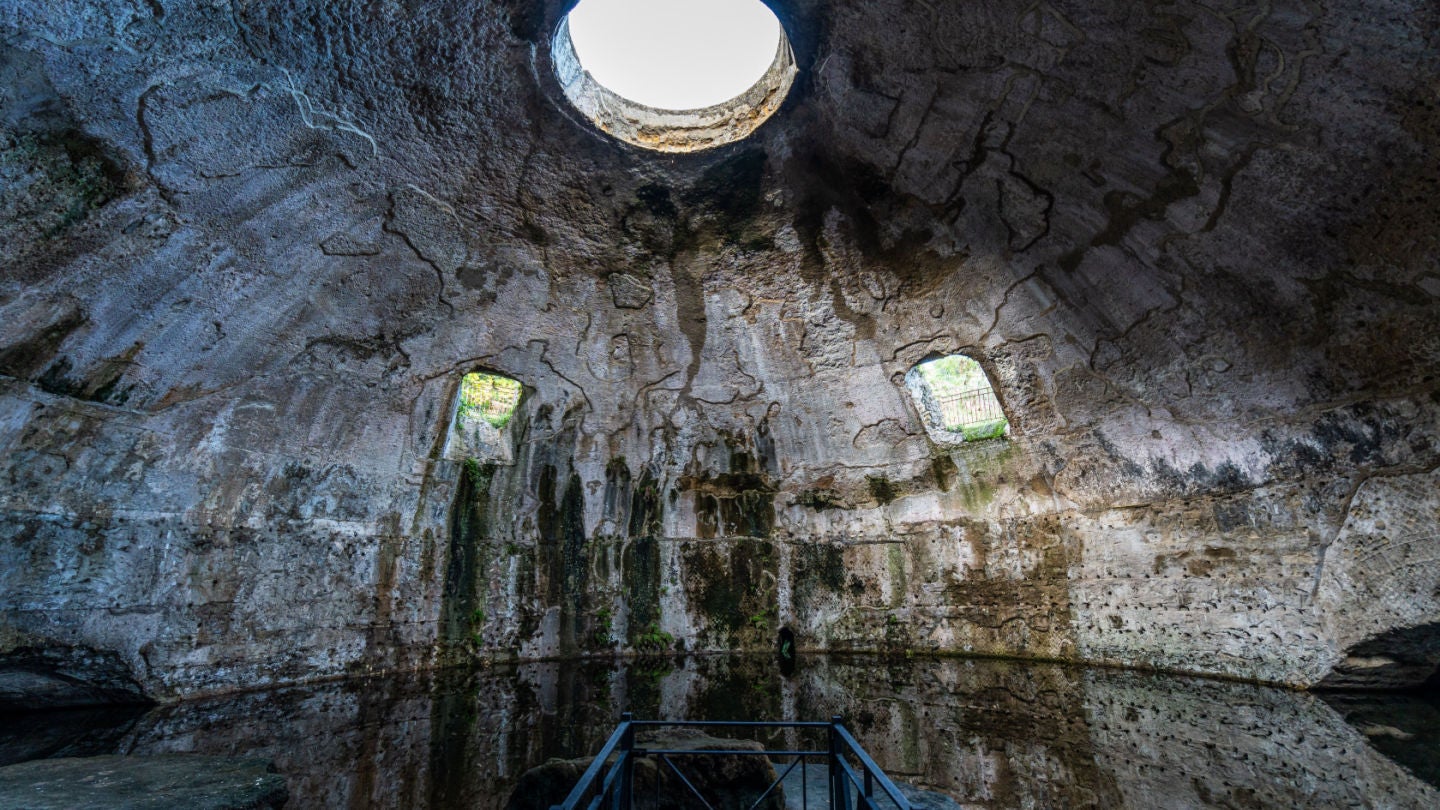The Bay of Naples area of Italy provides a unique sealed capsule of Roman ruins, and now historic cities in the region are adopting artificial intelligence (AI) to help monitor and protect the area’s singular legacy.
The city of Pompeii is already using advanced technology in the form of a four-legged robotic dog, Spot, to secure the famous site. Now, around 50 kilometers away, the sunken city of Baiae is using AI to support a network of acoustic modems and underwater wireless sensors that capture environmental data and transmit it to land in real time.
The Las Vegas of the Roman Empire
The systems are needed because Baiae is one of the world’s few underwater archaeological parks. It offers 435 acres open to visitors wanting to explore the remains of the ancient city, which has since become known as the Las Vegas of the Roman Empire. As it provides a protected marine area, the site must be monitored for damage caused by divers and environmental factors.
As reported originally by the MIT Technology Review, the monitoring system was created by engineers from a start-up spun off from Sapienza University, WSense, which specializes in underwater monitoring and communication systems.
The system depends on AI algorithms to constantly change the network protocol. When sea conditions change, the algorithms modify the information path from one node to the other, allowing the signal to travel up to two kilometers. The system provides sufficient bandwidth to transmit environmental data collected by sensors fastened to the seafloor. The array of data includes images and information on water quality, pressure, and temperature, as well as details of metal, chemical, and biological elements, and even noise, currents, waves, and tides.
Machine learning for genomic dating
New uses of AI are continually being developed in connection with archaeological and human remains. In August 2022, a scientific paper published in Cell Reports Methods discussed how a team led by Lund University in Sweden had developed a method that uses machine learning to identify genomes in dead organisms to determine how far they date back.
How well do you really know your competitors?
Access the most comprehensive Company Profiles on the market, powered by GlobalData. Save hours of research. Gain competitive edge.

Thank you!
Your download email will arrive shortly
Not ready to buy yet? Download a free sample
We are confident about the unique quality of our Company Profiles. However, we want you to make the most beneficial decision for your business, so we offer a free sample that you can download by submitting the below form
By GlobalDataThe paper’s summary discussed why accurate dating is essential to the interpretation of paleo-genomic data. The prime method of dating in archaeology is radiocarbon dating. However, a major limitation of radiocarbon dating is the high amount of collagen extraction involved in the process. Consequently, almost half of all published ancient genomes lack reliable and direct dates, which results in obscure and contradictory reports. The Lund team developed the temporal population structure (TPS), a machine learning-based genomic dating method for genomes ranging from the fringes of the Late Mesolithic to modern times.
AI for rock art
AI is also being used to help researchers identify and analyse some of the world’s oldest rock art. In a study of rock art from the Kakadu National Park in Australia’s Northern Territory, researchers tried out a machine learning model to detect the art from hundreds of photos, some of which showed painted rock art images and others with bare rock surfaces.
The system found the art with a high degree of accuracy of 89%, suggesting it may be useful to assess large collections of images from heritage sites around the world. Meanwhile, back in Italy, up-to-date news has been scarce of Spot the robot dog, last seen burrowing around Pompeii’s many underground tunnels. Not so much a case of Cave Canem (Beware of the dog!) as Inveni Canem! (Find the dog!).








